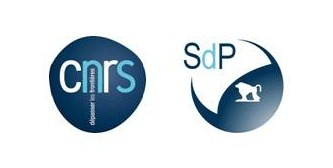The movement sensu largo, from its command to its realization, from its description to its modelling and its simulation, is a common area of interest in multiple disciplines that use primate (human and non-human) models, in ontogenetic (from birth to adulthood), diachronic (from the origins of humans to living human populations), basic and applied perspectives. These two days meeting aim at proposing a review of multidisciplinary researches as well as new insights on this subject.
Registration is now closed
The seminar is organized around four main half-day sessions devoted respectively to:
1) Natural Movement (chairman: Peter Aerts),
2) Artificial Movement, Animation & Imaging (chairman: Bernd Bickel),
3) Humanoid Movement (chairman: Bruno Watier),
4) Motion Control (chairman: William D. Hopkins).
Each session will be composed with conferences, short communications, posters and a wide discussion (see Planning).
These two scientific days are opened to a wide community of professionals of which the centre of interest is the movement, from academic structures of research and training to sport institutes, orthopaedics and rehabilitation. It is resolutely open to young researchers (especially doctoral students to postdocs) who want to integrate transdisciplinarity in their project.
The CNRS Primate Station was chosen to host this meeting. Indeed, it houses primates, and it hosts teams of research and training, as well as their technical platform (CCP – Center of Primate Cognition and MAP - Motion Analysis of Primates); it lies at the interface of many fields of science, research, training, health and application, and is itself deeply involved in the research.
Organized by:
